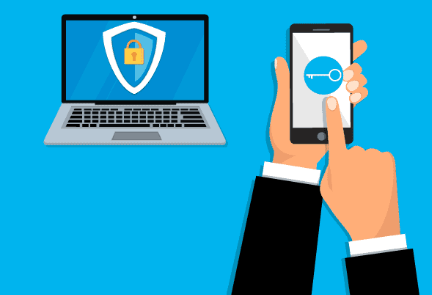Enhancing Network Security
Introduction
In today's interconnected world, where data breaches and cyber threats are on the rise, it has become imperative for organizations to prioritize network security. One crucial aspect of securing a network is implementing robust password policies. In this blog post, we will delve into the elements of security password policies, including their management, complexity, and explore alternative authentication methods such as multifactor authentication, certificates, and biometrics.
The Importance of Password Policies
In the realm of network security, strong password policies act as the first line of defense against unauthorized access. Weak passwords can be easily compromised, leading to data breaches and significant financial and reputational losses. Effective password policies are essential for maintaining the confidentiality, integrity, and availability of sensitive information.
Elements of Password Policies
Password Management
Proper password management is crucial for maintaining the security of a network. This includes the following practices:
Regular Password Updates: Encourage users to change their passwords periodically to prevent unauthorized access.
Password Storage: Employ secure storage methods such as encryption or hashing to safeguard passwords.
Account Lockout Policies: Implement measures to lock out user accounts temporarily after multiple failed login attempts, preventing brute-force attacks.
Password Complexity:
Creating strong passwords is key to preventing unauthorized access. The following elements contribute to password complexity:
Combination of Characters: Encourage users to include a mix of uppercase and lowercase letters, numbers, and special characters in their passwords.
Avoid Common Patterns: Discourage the use of easily guessable patterns like sequential numbers or repeated characters.
Alternatives to Passwords
Multifactor Authentication (MFA):
Multifactor authentication adds an extra layer of security by combining two or more authentication factors. These factors can include something the user knows (password), something the user has (smartphone or hardware token), or something the user is (biometric data). By requiring multiple factors, MFA significantly reduces the risk of unauthorized access.
Certificates:
Certificates provide a cryptographic means of verifying the authenticity and integrity of users and devices. Public key infrastructure (PKI) enables the issuance, distribution, and management of digital certificates, allowing for secure communication and authentication.
Biometrics:
Biometric authentication utilizes unique biological traits, such as fingerprints, facial recognition, or iris scans, to verify a user's identity. Biometric data is difficult to forge or replicate, making it a secure alternative to passwords. However, it may require additional hardware or specialized software for implementation.
Conclusion
Implementing strong password policies is vital for network security, and organizations must educate their users about the importance of creating complex and unique passwords. Additionally, exploring alternative authentication methods like multifactor authentication, certificates, and biometrics can further enhance security by providing additional layers of protection against unauthorized access.
By prioritizing robust password policies and embracing alternative authentication methods, organizations can strengthen their network security posture and mitigate the risks associated with unauthorized access and data breaches.
Remember, network security is an ongoing effort, and it's essential to stay informed about the latest trends and best practices to ensure the safety of your network and sensitive information.
With these insights, you're now equipped to bolster your network security by implementing effective password policies and exploring alternative authentication methods. Stay vigilant and protect your network from potential threats!
























